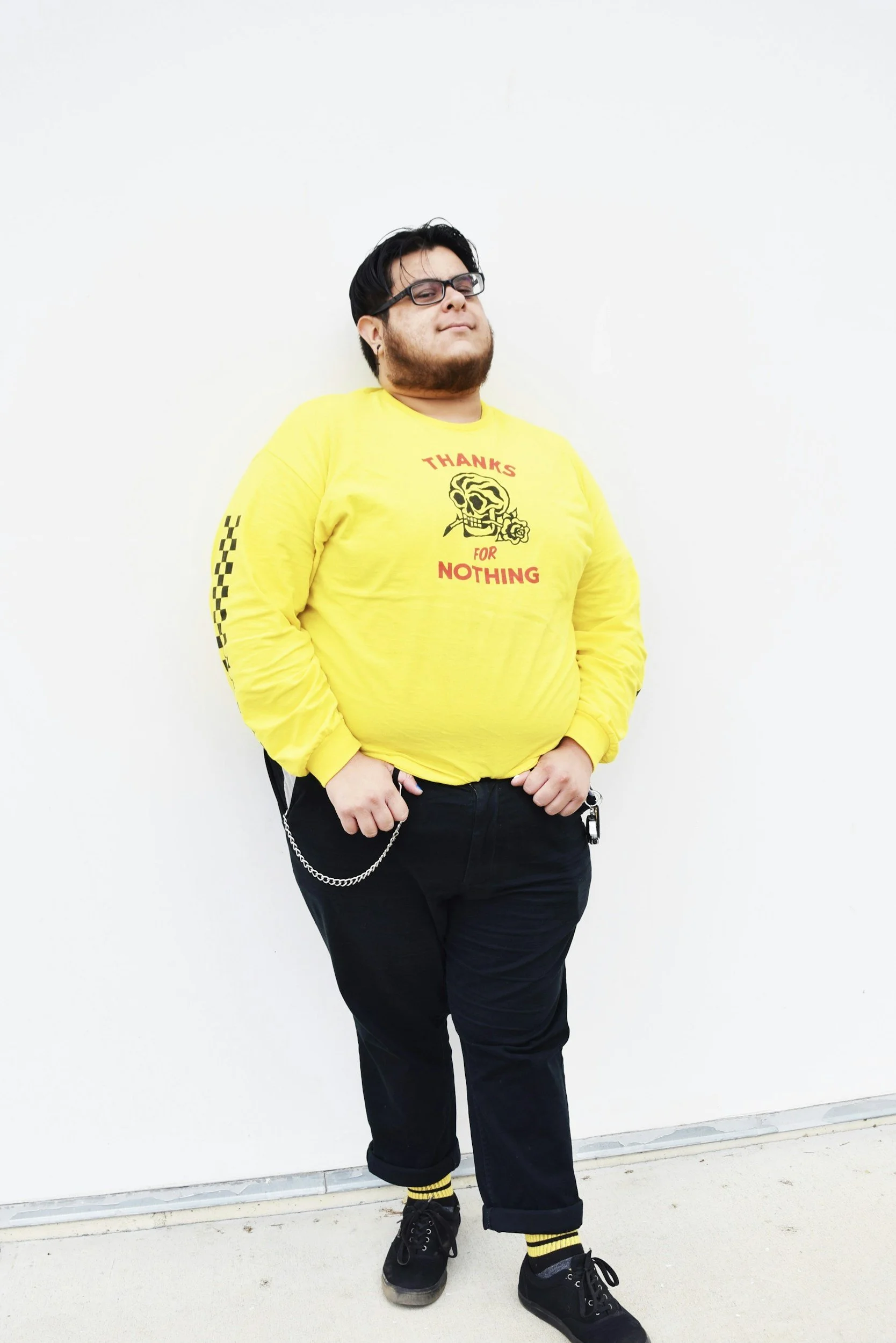HOW IS INCLUSIVITY CHANGING MEN’S FASHION?
By: Erica Commisso
Recognition that people come in all shapes, sizes and expressions has finally made its way to fashion. More than ever, clothing is reflective of its wearers, thanks to movements that allow for genderless clothing, which encourages a wider range of sizes and build in accessible features.
And while size inclusivity is most prominent and an ongoing discussion in women’s fashion, men’s fashion is a different story.
Of course, sizing in menswear presents a set of challenges. Men may need to go up in waist size but not in length for denim, which creates issues in pattern-making, as not all components of garments need to be made larger by the same proportions. Men also tend to be more loyal as consumers, and Statista data showed that men’s plus-size fashion actually decreased in value from over a billion dollars in 2020 to $850 million in 2021, though the men’s apparel industry as a whole made over $500 billion in 2021. That decrease in plus-size revenue didn’t reflect a change in the average American man’s size: the average American man’s waist is 40 inches, while plus-sized clothing typically starts at size 38. It just reflected an untapped market.
However, that concept does seem to be changing. For example, United Kingdom-based Rapanui’s surf-inspired pieces range in size from extra small to 5XL, and Yes Friends’ ethical, sustainable basics can go up to size 4XL. Madewell introduced sizing up to size 43 inches and Bonobos’ offerings increased in 2018 to include 54-inch waists — but they are no longer the outliers.
In Canada, menswear companies like REVENUE Brand are following a similar path, adding inclusivity to the brand’s ethos. “REVENUE was built around the idea that success doesn’t look one way, and style shouldn’t either,” says founder Kyle Hosick. “Our customers come from different industries, backgrounds, and walks of life and, as a unisex brand, we carry all sizes from XS to 2XL, and beyond in some cases. We have put a big focus on selling at retail to gain proper traction and, across the board, making all sizes available has been key.”
Source: J Meza Photography / @jon_photos
While brands like Maximus and Mr. Big and Tall have long been offering clothing exclusively catered to plus-sized men, it is becoming more common to see brands expanding their offerings to include a wider range of size options. Hosick believes that’s because men are becoming increasingly interested in the fashion industry as a whole. “Men today see fashion as an extension of identity. It’s not just about what you wear, it’s about what it says,” he says. “We’re in an era where ambition, individuality, and self-expression intersect.”
Hosick says inclusive sizing is also about meeting people where they are at. “Our approach to sizing is about gauging our target market,” he says. “We’re an expensive brand, and many of the ambitious, driven, business owners that are our customers are middle-aged and need fits that suit a range of body types.”
For a time, brands like Old Navy were only focused on expanding their womenswear offerings, but menswear-exclusive companies like Jack & Jones and George Richards have introduced features like customizable hems and extra-long ties to accommodate tall people, forcing other brands to follow suit to remain competitive in the market. While the boutique clothing stores and brands led the charge in the menswear space, the landscape seems to becoming more inclusive as a whole.
Issues are still present – not all XXL sizes are created equal, for example: Banana Republic and Brooks Brothers offering more generous fits while brands like Uniqlo run smaller - but one Google search or one online shopping session proves that some progress has been made, and menswear is trending toward inclusivity in the same way that womenswear is.


